 I'm not the first to write about why I've switched from Canon's SLR system to Fujifilm's X-series cameras (see also Mykii and Ivan, among others), but I wanted to share some thoughts for folks who are contemplating such an evolution (or more generally contemplating a move from Canon/Nikon to mirrorless, or getting started with photography).My story begins a few years ago with the Fujifilm X100. I've written about it before, and the popularity of the Fujifilm cameras has grown exponentially since that time. The X100's appearance and controls remind me of the Fuji film SLR I shot with as a kid. I started carrying it for most of my personal photo projects, and it reinvigorated my interest in photography.When Fuji released their X-T1, which uses their X-series lenses, my interest was piqued. I'd made a heavy investment in Canon pro lenses over the years, but my experience with the X100 had been so positive I thought I'd give the X-T1 a try (after reading several positive reviews from pros who'd used test models). I ordered the body and 56mm f/1.2 lens.The switch was not like changing bodies within the Canon system; there was a learning curve involved. Here are some of the difficulties I encountered while adopting the X-T1 for studio portrait photography:
I'm not the first to write about why I've switched from Canon's SLR system to Fujifilm's X-series cameras (see also Mykii and Ivan, among others), but I wanted to share some thoughts for folks who are contemplating such an evolution (or more generally contemplating a move from Canon/Nikon to mirrorless, or getting started with photography).My story begins a few years ago with the Fujifilm X100. I've written about it before, and the popularity of the Fujifilm cameras has grown exponentially since that time. The X100's appearance and controls remind me of the Fuji film SLR I shot with as a kid. I started carrying it for most of my personal photo projects, and it reinvigorated my interest in photography.When Fuji released their X-T1, which uses their X-series lenses, my interest was piqued. I'd made a heavy investment in Canon pro lenses over the years, but my experience with the X100 had been so positive I thought I'd give the X-T1 a try (after reading several positive reviews from pros who'd used test models). I ordered the body and 56mm f/1.2 lens.The switch was not like changing bodies within the Canon system; there was a learning curve involved. Here are some of the difficulties I encountered while adopting the X-T1 for studio portrait photography:
- Exposure preview works differently. The X-T1 uses an electronic viewfinder (EVF) instead of optical viewfinder, which means you're looking through the lens using the camera's exposure settings rather than ambient light. In my case, that meant I saw nothing through the viewfinder since my camera's exposure was set for my studio strobes. It turns out this is a setting that can be modified via a menu setting, but at first I did not understand what was going on.
- The hot shoe didn't work! That's what I thought, anyway, when I couldn't get it to fire an external flash or activate my strobe triggering system. Again, it turned out I just needed to turn off silent mode to make this work, but it caused some confusion until I performed the right Google search.
- No Lightroom tethered shooting. When working in the studio, I like to shoot tethered. This means as I shoot the photos are transferred to Lightroom on my laptop and I can see them on the laptop's large screen. It took a few months for a tethered shooting plug-in to be released.
- Tethered shooting does not write to the SD card. One of the reasons I liked tethered shooting with my Canons is because a copy of the photo was written to the SD card and to my laptop drive. I find this reassuring, as drives sometimes go bad, and having two copies provides a backup. I would like to see Fuji add this capability via a firmware update.
So to summarize the bad points of my transition, there was a learning curve involved, and tethered shooting does not result in two copies of each photo (although Lightroom can be configured to create a second copy on the fly to compensate).Another issue that some have cited as a struggle with the transition to Fuji from Canon or Nikon is that the autofocus wasn't as fast. For me, it was a wash (and in fact the Canons fell behind once Fuji introduced a major autofocus firmware upgrade last year). My last two Canon cameras were the 5D Mark II (aka 5D2) and 6D. I had been using the 5D2 for video, but purchased a dedicated video camera system and no longer required the capability on my SLR. So when it was time to upgrade from the 5D Mk II, I opted for the 6D, which allegedly had the still photo capabilities of the 5D Mk III. I found it to be a disappointment. The autofocus was no better than the 5D2, there were only nine focus points, and Canon had cut corners in design such as eliminating the "joystick" selector control on the back of the camera.Now on to the good points of my transition:
- Price - Fujifilm's body and lens offerings are significantly less expensive than Canon's equivalents
- Footprint - Fujifilm bodies and lenses are smaller and lighter than their Canon equivalents
- Intrusiveness - Due to their smaller size, Fujifilm cameras do not come between me and my subjects to as great an extent as my Canons; in addition, I am less conspicuous when using the camera for street, travel, and event photography (Fuji cameras also offer silent mode, which makes them less noisy)
- Controls - Fujifilm camera controls are largely external, which reminds me of my film SLR; there are dedicated dials for speed, aperture, and ISO, and I spend less time digging through menus
- Features - From their film simulations (some of which imitate the leading films they used to sell) to panoramic capabilities to the ability to shoot multiple images simultaneously, the X-T1 just does more than my 6D
- Firmware upgrades - This is huge: Rather than having to wait for the next generation of a camera body (and its associated cost), Fuji frequently introduces new capabilities to their cameras via free firmware updates
- More focal points - It should be embarrassing to Canon that the less expensive X-T1 has more (and more flexible) focus points than the 6D
- More consistent tethered shooting performance - While I miss how Canon tethered shooting wrote to both the card and computer, I don't miss how the 5D and 6D occasionally lost its mind when tethered shooting (which required various reconnection efforts and introduced delays during shoots)
- Better build quality - Fujis cameras and lenses are made of metal and assembled in Japan
- Image quality - Great skin tones are frequently cited as a strength of Fujifilm cameras, as Harlie's photo above can attest
- Usable jpegs - I always shot in raw format when using my Canons, but the image quality of the jpegs that come from the X-T1 is so good I often use what comes from the camera rather than depending on the raw conversion in Lightroom
- Lenses - Fujinon lenses are arguably the best in the industry, and can be found in endoscopes, satellites, and Hasselblads
After a few months of using both the 6D and X-T1, I chose to sell the 6D and all of my Canon lenses, and I haven't missed them since.The mirrorless vs SLR debate reminds me of the film vs digital debate that took place last decade. There are reasonable arguments to be made supporting conventional SLRs (especially for wildlife and sports photographers), but the tide toward mirrorless suggests that ten years from now the SLR holdouts will be a small minority.I've created a gallery of photos taken both my Canon 6D and Fujifilm X-T1 for those interested in comparing image quality.If you're looking to get started with serious digital photography, or tired of lugging around oversized equipment, check out the mirrorless cameras and interchangeable lens systems offered by Fuji, Olympus, and Sony. I don't think you'll regret it.
